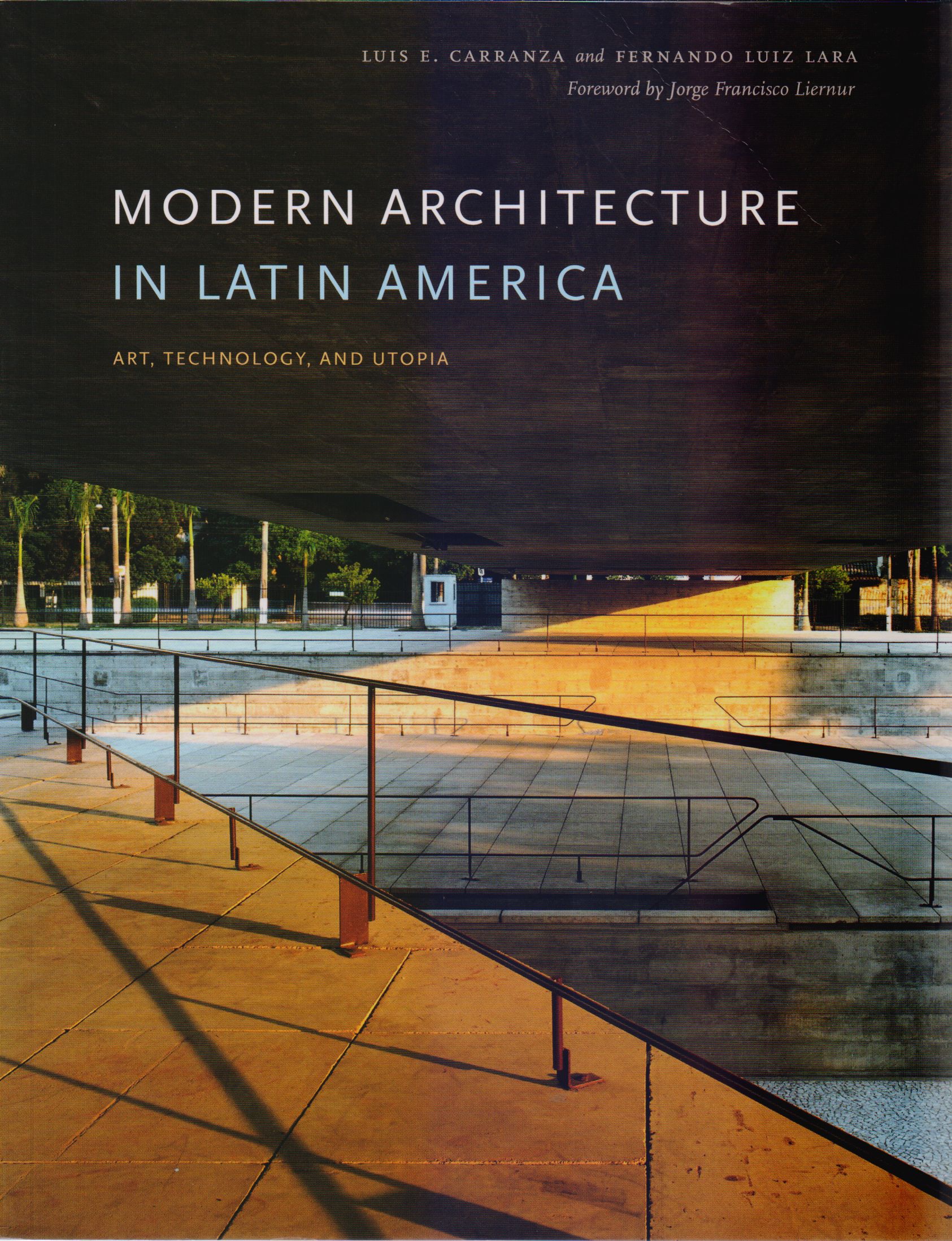Libros relacionados
 |
Classical Mexican Cinema, The: The Poetics Of The Exceptional Golden Age Films Ramírez Berg, Charles University Of Texas Press |
 |
Modern Architecture In Latin America: Art, Technology, And Utopia Carranza, Luis E. / Luiz Lara, Fernando University Of Texas Press |
 |
Architecture And Cities Of Northern México From Independence To The Present, The Burian, Edward University Of Texas Press |
 |
Twentieth- Century Art Of Latin America Barnitz, Jacqueline / Frank, Patrick University Of Texas Press |
 |
Border Odyssey: Travels Along The U. S. / México Divide D. Thompson, Charles Jr. University Of Texas Press |
 |
María Izquierdo & Frida Kahlo: Challenging Visions In Modern Mexican Art Deffebach, Nancy University Of Texas Press |


|
Título: Imaging Identity In New Spain | |
| Autor: Carrera, Magali Marie | Precio: $400.00 | |
| Editorial: University Of Texas Press | Año: 2012 | |
| Tema: | Edición: 1ª | |
| Sinopsis | ISBN: 9780292744172 | |
| Reacting to the rising numbers of mixed-blood (Spanish-Indian-Black African) people in its New Spain colony, the eighteenth-century Bourbon government of Spain attempted to categorize and control its colonial subjects through increasing social regulation of their bodies and the spaces they inhabited. The discourse of calidad (status) and raza (lineage) on which the regulations were based also found expression in the visual culture of New Spain, particularly in the unique genre of casta paintings, which purported to portray discrete categories of mixed-blood plebeians.
Using an interdisciplinary approach that also considers legal, literary, and religious documents of the period, Magali Carrera focuses on eighteenth-century portraiture and casta paintings to understand how the people and spaces of New Spain were conceptualized and visualized. She explains how these visual practices emphasized a seeming realism that constructed colonial bodies_elite and non-elite_as knowable and visible. At the same time, however, she argues that the chaotic specificity of the lives and lived conditions in eighteenth-century New Spain belied the illusion of social orderliness and totality narrated in its visual art. Ultimately, she concludes, the inherent ambiguity of the colonial body and its spaces brought chaos to all dreams of order. |
||
Librería Bonilla SA de CV © Todos los derechos reservados. 2019
Última actualización: Jul 2019




